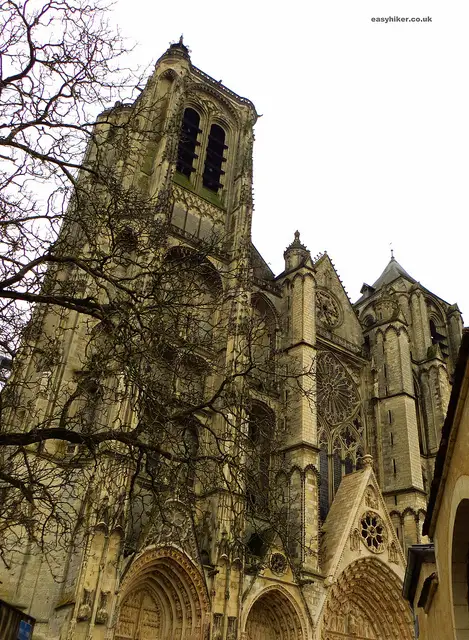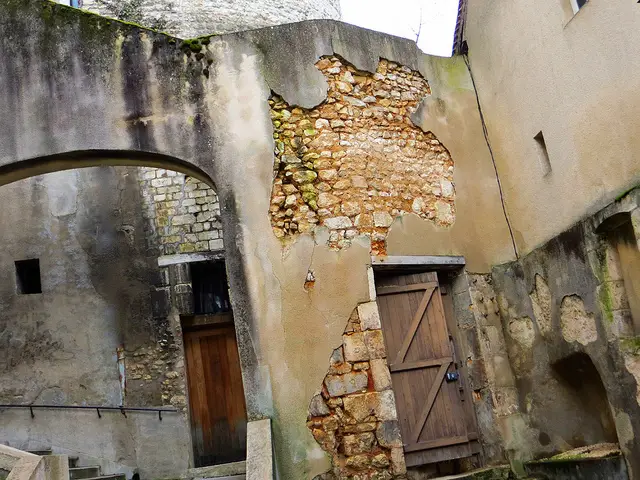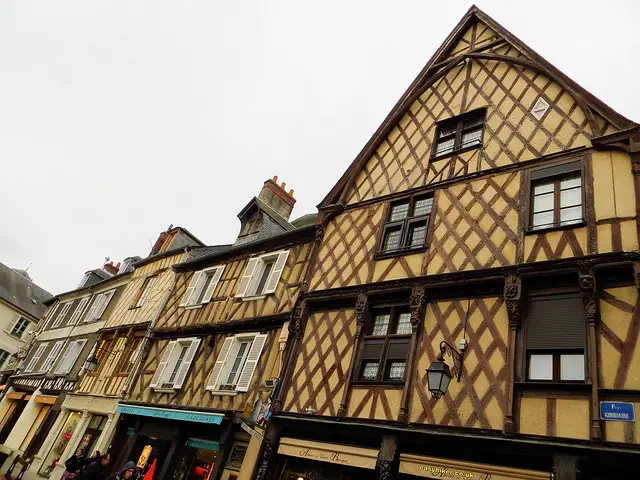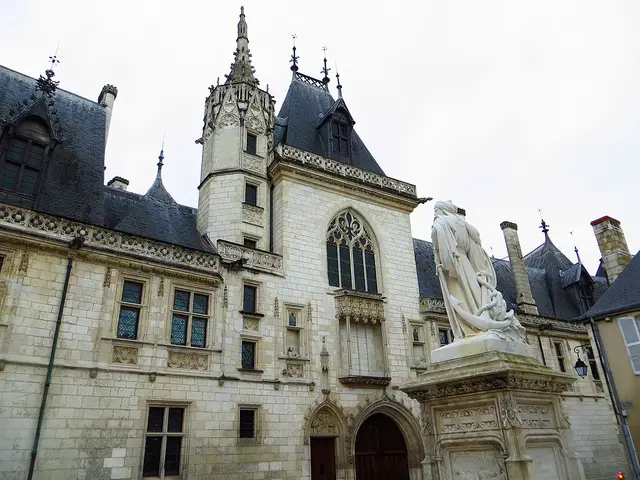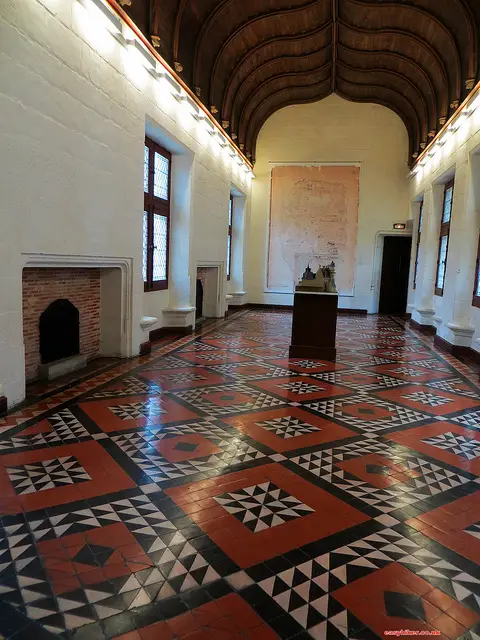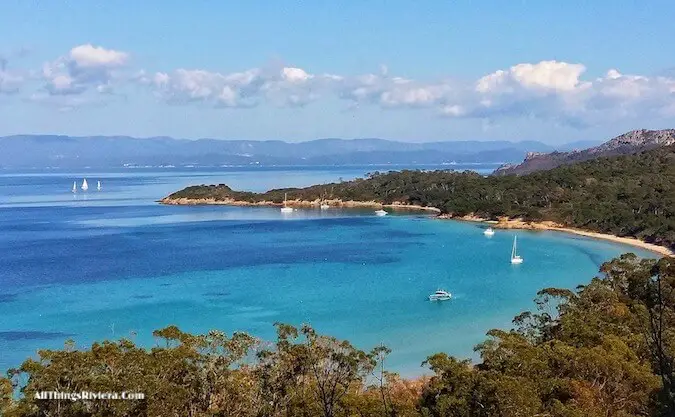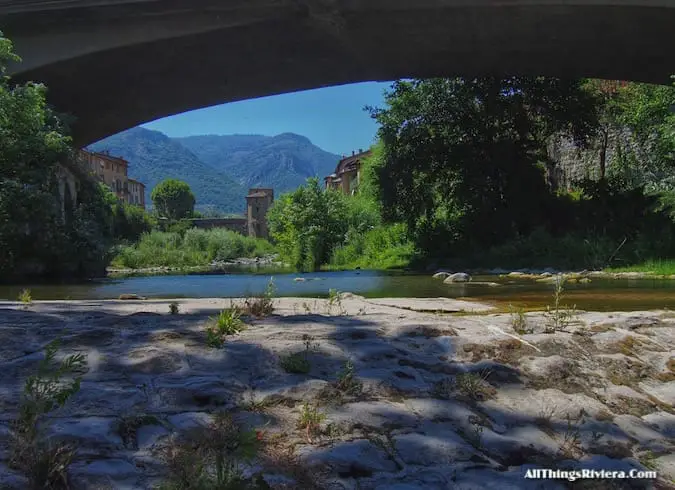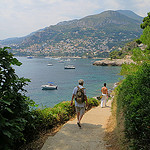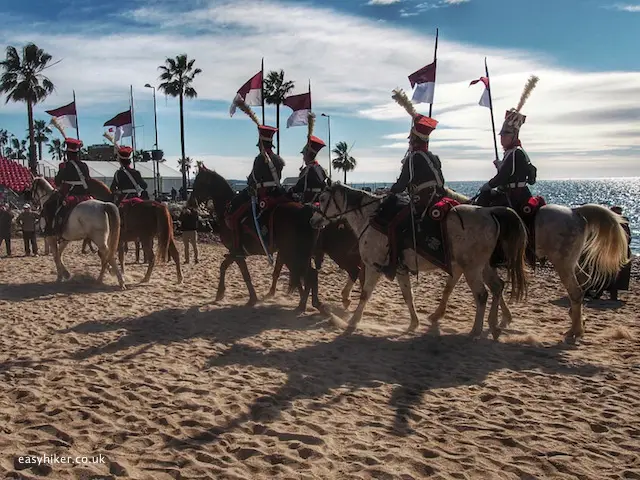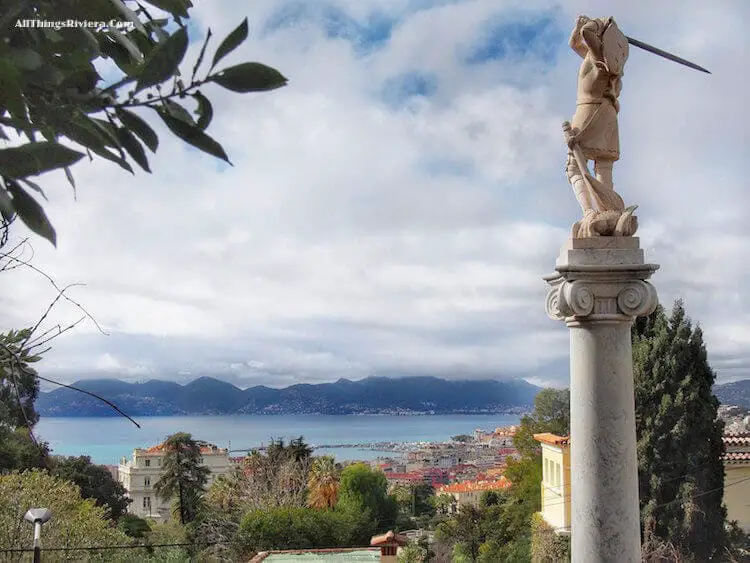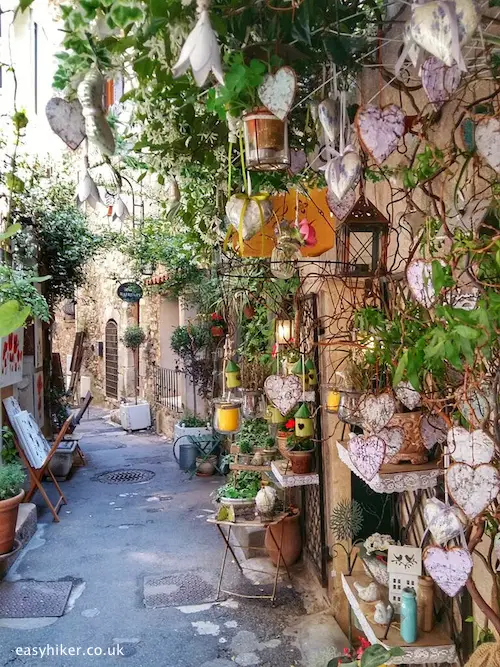Neglected but Pretty French Provincial Backwater
France is one of the most visited countries in the world, but there are many French regions that certainly do not feel that way. The truth is that the flow of visitors to France is very unevenly distributed – like the rain in Spain, say, or wealth in the US.
While Paris and much of coastal France are positively soaked, the appropriately named “Centre” region of France is the barren Extremadura of the country’s tourism map – or its inner-city Detroit.
Take Bourges, for example. Bourges has a handsome old town, one of the country’s (and therefore the world’s) most outstanding Gothic Cathedrals, and the famous Marais de Bourges (the reason why we had gone there in the first place) and much else.
Still, on a February week-end, while it was true that we were not the only tourists around, it was equally fair to say that we could not help noticing how we always seemed to run into the same people at different points of the “tourist trail” – to the point where we were on almost nodding acquaintance with an elderly Dutch couple. That could not happen to you in Paris.
This relative neglect of Bourges, a pretty French provincial backwater, is actually a pity because there is quite a lot to see. Let’s start our walk at the Cathedral, in the centre of the Old Town.
Construction works on the church were probably started as early as the 12th century, which makes the Cathedral one of the earliest examples of Gothic architecture in the world. It is quite a massive building, far less graceful than Notre Dame de Paris, for example, and its walls – although supported by flying buttresses – are still quite thick, a timely reminder that medieval master builders were not so good at static calculations but rather proceeded by trial and error.
Leave the Cathedral square on its extreme northeastern corner – on the other side, diagonally opposite, from the archbishop’s gardens – through the narrow passage into the Promenade des Remparts.
The old city walls on your left hand side are proof that Bourges is one of the oldest urban settlements in France, already a proper town with city walls and a fortified centre when Caesar came here, saw – and almost lost the plot of his De Bello Gallico.
His Gallic enemy, the formidable Vercingetorix, had very successfully pursued a “scorched earth” policy, pushing the Roman army to the brink of starvation by destroying all towns and settlements in the area: all with the exception of Avaricum that is, as Bourges was called at the time, believing it to be unassailable due to its location, on a hill in the middle of swampy marshlands, and its strong fortifications.
Caesar, however, did in the end manage to conquer the town and to replenish the near-empty granaries of his army – perhaps the key turning point in the Gallic Wars.
Walk down to Rue Bourbonnoux and turn left in the direction of Place Gordaine with its handsome row of old merchant buildings from the golden age of Bourges in the 15th and 16th centuries.
Continue in a semi-circle around the edge of the Old Town past the Hotel des Echevins, the town’s 15th century City Hall …
… to the Palais Jacques Coeur, the former lodgings of the city’s most famous son, a medieval success story, not quite rags-to-riches but closer than you probably thought the Middle Ages could ever get (son-of-cloth-merchant to king’s-chief-consultant).
The truly fascinating thing about Jacques Coeur was that he was not just a provincial tradesman who became tremendously rich but an international wheeler dealer and a sort of (non-aristocratic) “shipping baron” whose trading empire was as much sea-based as land-based and who later assembled a fleet of ships for the Pope. They should make a movie about this guy!
I was nearly as amazed to find out that the Palais Jacques Coeur had been used as the court room for the trial against some of the 1848 revolutionaries including Raspail, Barbès and Louis Blanc. Even in the 18th century, it seemed that Bourges was still a city of note and national importance, worthy of such an important event.
Today, however, the national importance of Bourges is firmly in the past. The revolution of 1848 fought for freedom and democracy. The far more successful revolution of the 20th century for speed: fast roads, fast trains, even faster flights have shrunk formerly huge distances to a mere few hours.
But like all revolutions, this one, too, had winners and losers. Today, I can travel from Paris to Marseilles or Nice (by plane) in under an hour. The quickest route to Bourges takes me twice as long. If I get a direct connection, that is, of which there are none between 7:10 a.m. and noon. Going via Orleans, on weekends, can take me up to 3 and a half hours. By which time I can be half-way to New York!
So, Bourges, once a city of standing and national importance, has become nothing but simply another pretty French provincial backwater, though a pretty one at that, with a lot for visitors (who are not in a particular hurry) to discover.

